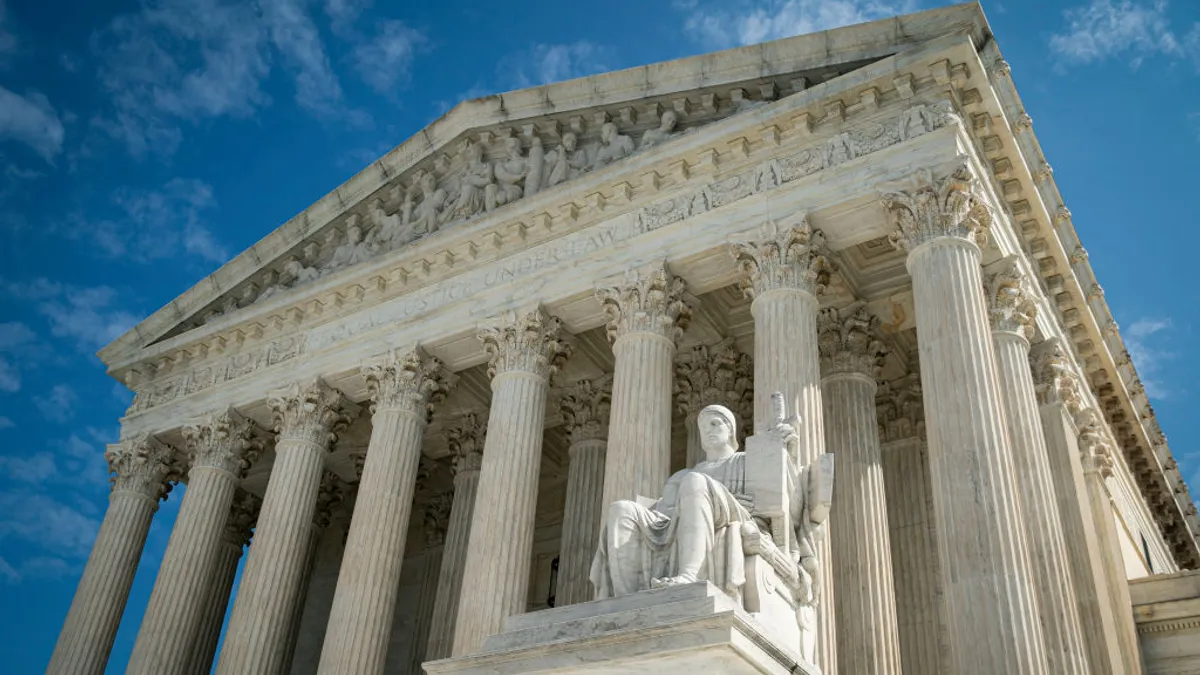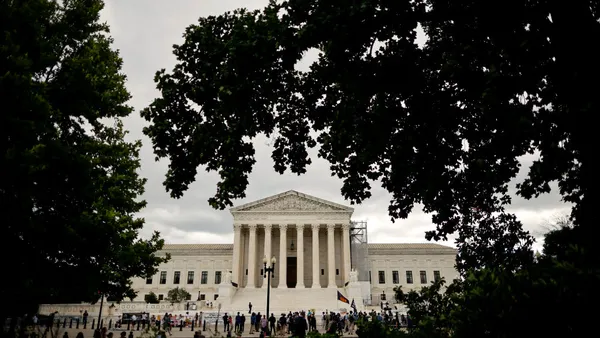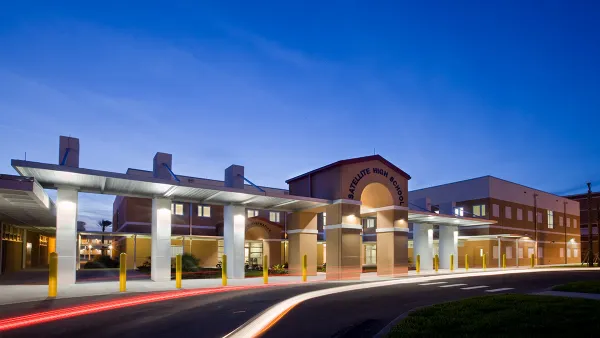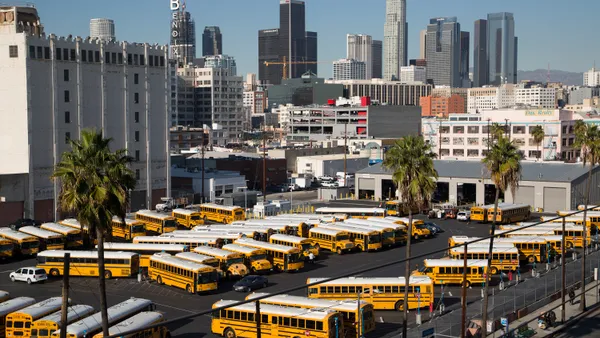Dive Brief:
- In a much-awaited decision, the U.S. Supreme Court Thursday blocked President Joe Biden’s vaccination mandate for large employers, which would have required some 84.2 million employees — including many at school districts — to be vaccinated or regularly tested for COVID-19.
- The sweeping mandate, which was imposed by the Occupational Safety and Health Administration, would have applied to schools in 26 states with OSHA-approved state plans.
- However, in a 6-3 decision, the court said COVID-19 is “not an occupational hazard” in most workplaces and therefore falls outside OSHA’s authority to regulate.
Dive Insight:
The Supreme Court decision does not directly target K-12 schools or prevent future vaccination mandates for public schools, and instead rules OSHA overstepped its authority in this instance.
“COVID–19 can and does spread at home, in schools, during sporting events, and everywhere else that people gather,” the majority wrote. “That kind of universal risk is no different from the day-to-day dangers that all face from crime, air pollution, or any number of communicable diseases.”
OSHA "bit off more than they could chew,” said Jim Paretti, an attorney for Littler Mendelson, a labor and employment law firm.
The decision relieves school districts in over half of states from planning for and implementing vaccination requirements for employees including teachers and administrators as well as, in some instances, substitutes, bus drivers and other staff. The mandate, which was supposed to take effect Jan. 10, was expected to exacerbate current school staff shortages, especially among school nutrition workers and bus drivers.
A separate mandate impacting Head Start, for example, has already led to staff attrition and classrooms closing prior to the expected Jan. 31 effective date. That order was also recently blocked by a Louisiana federal judge in a decision that relieved the federally funded program from complying with the mandate in nearly half of states.
The vaccination mandate that would have impacted states with OSHA-approved plans also raised many questions about how school districts would handle the logistics, including gathering accurate information on staff vaccination status, funding vaccinations and allocating time off for staff to fulfill the requirements.
However, OSHA could still adopt a more targeted approach to a vaccine mandate, according to education and labor law experts, as the decision does leave the door open for a future interpretation applicable to industries or workplaces considered “crowded or cramped” — working conditions the decision says OSHA still has the authority to regulate.
That could potentially include schools.
“I think that you could make an argument that a classroom full of unvaccinated kids is by nature a hazardous environment, especially if there's a lot of people in the classroom,” said Julia Martin, legislative director for education law firm Brustein & Manasevit. Whether that argument will be successful is unclear, she added.
In the meantime, districts and states could still choose to implement vaccination requirements at the local level. K-12 schools will primarily follow those local guidelines, which vary widely, according to Paretti.
California, for example, became the first state in August to require vaccinations or regular COVID-19 testing for teachers and school staff. The requirement has since been bucked by local districts.
“The OSHA rule and the court decision don't necessarily give [schools] carte blanche to do whatever they want,” Martin said. “I think there are plenty of other considerations, too, both political and practical.”
For example, if states and districts do choose to move forward with vaccination requirements for school staff despite the Supreme Court decision, they’d have to review their collective bargaining agreements, she said.
“The other consideration, of course, is how political the current pandemic is, and how personally people take those decisions on both sides,” Martin said. “And that's going to make any decision tricky.”













